Shapes
In math, a shape is a geometric figure that can be described by its outline, area, and other properties. There are many different types of shapes, each with its own unique characteristics.
Common Shapes
Some common shapes include:
- Circle: A shape with all points the same distance from its center.
- Square: A four-sided shape with all sides of equal length and all angles of 90 degrees.
- Triangle: A three-sided shape with varying side lengths and angles.
- Rectangle: A four-sided shape with opposite sides of equal length and all angles of 90 degrees.
Properties of Shapes
Shapes have various properties, such as:
- Area: The amount of space enclosed by the shape's boundary.
- Perimeter: The distance around the outer edge of the shape.
- Angles: The measure of the corners formed by the intersecting sides of the shape.
Classification of Shapes
Shapes can be classified into different categories based on their properties, such as:
- Polygons: Shapes with straight sides and angles, including triangles, quadrilaterals, pentagons, and more.
- Circles: Shapes with a curved boundary and a constant radius.
[Shapes] Related Worksheets and Study Guides:
.◂Math Worksheets and Study Guides Kindergarten. Shapes
Worksheet/Answer key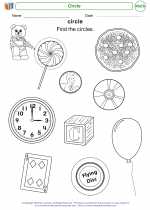 Circle
Circle  Coloring Worksheet
Coloring Worksheet Circle
Circle  Coloring Worksheet
Coloring Worksheet Cone
Cone  Coloring Worksheet
Coloring Worksheet Cone
Cone  Coloring Worksheet
Coloring Worksheet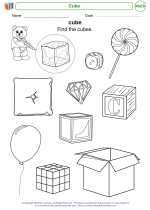 Cube
Cube  Coloring Worksheet
Coloring Worksheet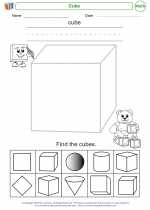 Cube
Cube  Coloring Worksheet
Coloring Worksheet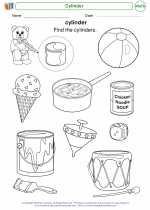 Cylinder
Cylinder  Coloring Worksheet
Coloring Worksheet Cylinder
Cylinder  Coloring Worksheet
Coloring Worksheet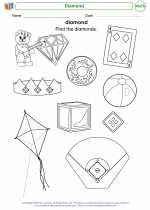 Diamond
Diamond  Coloring Worksheet
Coloring Worksheet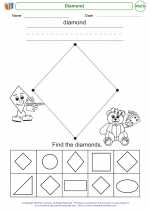 Diamond
Diamond  Coloring Worksheet
Coloring Worksheet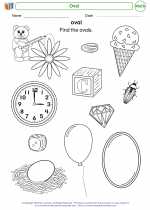 Oval
Oval  Coloring Worksheet
Coloring Worksheet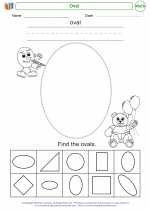 Oval
Oval  Coloring Worksheet
Coloring Worksheet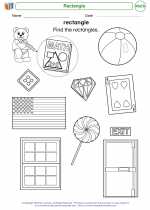 Rectangle
Rectangle  Coloring Worksheet
Coloring Worksheet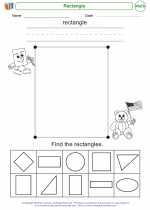 Rectangle
Rectangle  Coloring Worksheet
Coloring Worksheet Sphere
Sphere  Coloring Worksheet
Coloring Worksheet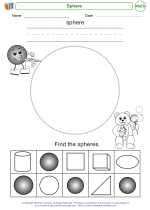 Sphere
Sphere  Coloring Worksheet
Coloring Worksheet Square
Square  Coloring Worksheet
Coloring Worksheet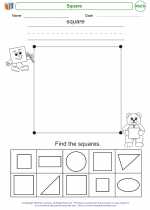 Square
Square  Coloring Worksheet
Coloring Worksheet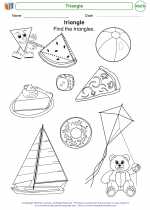 Triangle
Triangle  Coloring Worksheet
Coloring Worksheet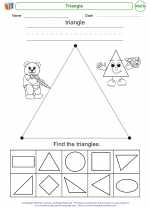 Triangle
Triangle  Worksheet/Answer key
Worksheet/Answer key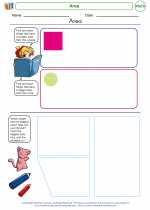 Area
Area  Worksheet/Answer key
Worksheet/Answer key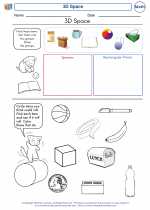 3D Space
3D Space  Worksheet/Answer key
Worksheet/Answer key 2D Space
2D Space  Worksheet/Answer key
Worksheet/Answer key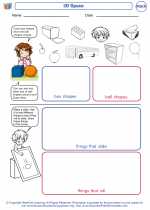 3D Space
3D Space 

 Coloring Worksheet
Coloring Worksheet
 Coloring Worksheet
Coloring Worksheet
 Coloring Worksheet
Coloring Worksheet
 Coloring Worksheet
Coloring Worksheet
 Coloring Worksheet
Coloring Worksheet
 Coloring Worksheet
Coloring Worksheet
 Coloring Worksheet
Coloring Worksheet
 Coloring Worksheet
Coloring Worksheet
 Coloring Worksheet
Coloring Worksheet
 Coloring Worksheet
Coloring Worksheet
 Coloring Worksheet
Coloring Worksheet
 Coloring Worksheet
Coloring Worksheet
 Coloring Worksheet
Coloring Worksheet
 Coloring Worksheet
Coloring Worksheet
 Coloring Worksheet
Coloring Worksheet
 Coloring Worksheet
Coloring Worksheet
 Coloring Worksheet
Coloring Worksheet
 Coloring Worksheet
Coloring Worksheet
 Coloring Worksheet
Coloring Worksheet
 Worksheet/Answer key
Worksheet/Answer key
 Worksheet/Answer key
Worksheet/Answer key
 Worksheet/Answer key
Worksheet/Answer key
 Worksheet/Answer key
Worksheet/Answer key

The resources above cover the following skills:
Geometry
Identify and describe shapes (squares, circles, triangles, rectangles, hexagons, cubes, cones, cylinders, and spheres).
Describe objects in the environment using names of shapes, and describe the relative positions of these objects using terms such as above, below, beside, in front of, behind, and next to. [K-G1]
Correctly name shapes regardless of their orientations or overall size. [K-G2]
Identify shapes as two-dimensional (lying in a plane, “flat”) or three-dimensional (“solid”). [K-G3]
Analyze, compare, create, and compose shapes.
Analyze and compare two- and three-dimensional shapes, in different sizes and orientations, using informal language to describe their similarities, differences, parts (e.g., number of sides and vertices or “corners”), and other attributes (e.g., having sides of equal length). [K-G4]
Model shapes in the world by building shapes from components (e.g., sticks and clay balls) and drawing shapes. [K-G5]